Author: Roland Brown
Photography: Roland Brown
Kawasaki’s long-awaited turbo-bike made a vivid impact on its press riding launch in Austria in 1983. As I accelerated the ZX750 Turbo out of a turn on my second lap of the Salzburgring circuit, I saw a ZX and its rider half-buried in a gravel trap up ahead, having failed to slow in time for the final chicane on his first lap.
When I reached the same turn on the second lap of my next session, there was a different rider in the same place in the gravel, having gone straight on in identical fashion. The reason was clear: both riders had been caught out by the sudden torrent of horsepower unleashed when the Kawasaki’s turbocharged engine came on song.
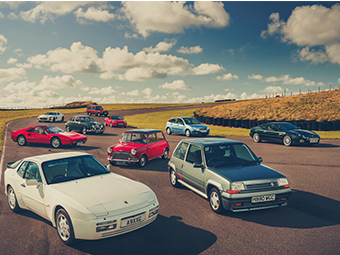
Those incidents confirmed what I and the other journalists were also discovering on the Salzburgring’s long straights: that this powerful, smooth-revving new turbocharged ZX lived up to the high-performance reputation Kawasaki had established in 1973 with the 903cc Z1 four.
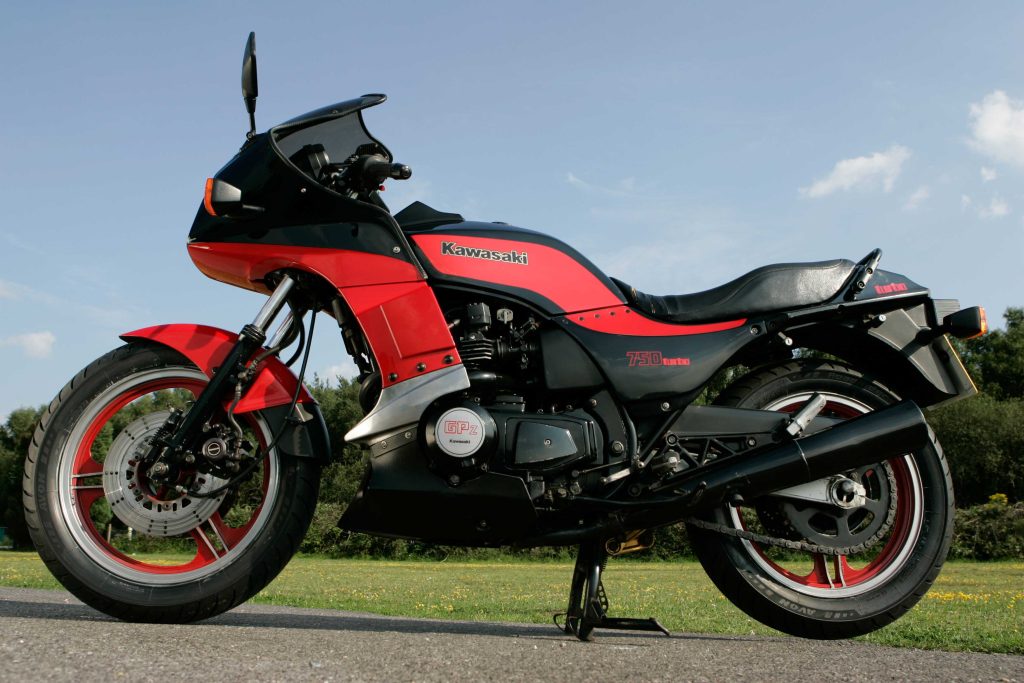
The ZX was Kawasaki’s first turbocharged bike, but its delayed arrival in showrooms in 1984 meant the firm became the last of Japan’s Big Four manufacturers to embrace turbocharging, following Honda’s 1981-model CX500 (and later 650) Turbo, Yamaha’s XJ650 Turbo and Suzuki’s XN85.
The ZX’s release was important for Kawasaki, whose reputation had slipped slightly in the late Seventies. By 1978, when the firm’s Z1000 was joined in the range by the Z1-R, a bikini-faired derivative, rival Suzuki had raised the four-cylinder bar with the more powerful and refined GS1000, and Honda had unleashed the spectacular six-cylinder CBX1000.
Forced induction was viewed by many as the way to go for superbike performance in those days. In that same year, Kawasaki’s US importer had produced a special model by equipping the Z1-R with an aftermarket Ray-jay turbocharger.
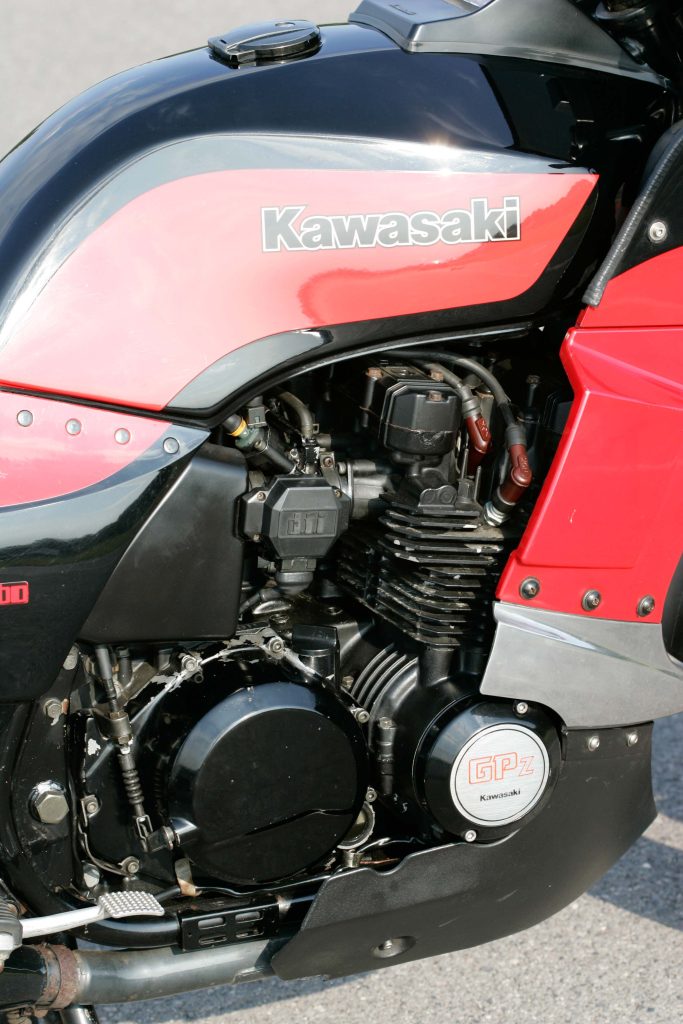
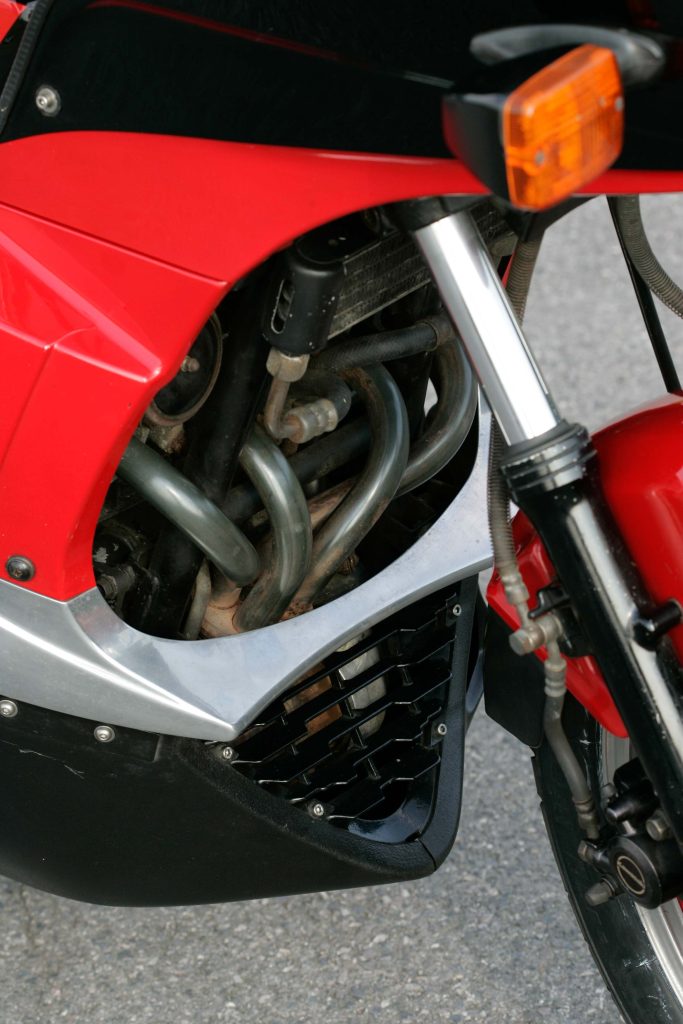
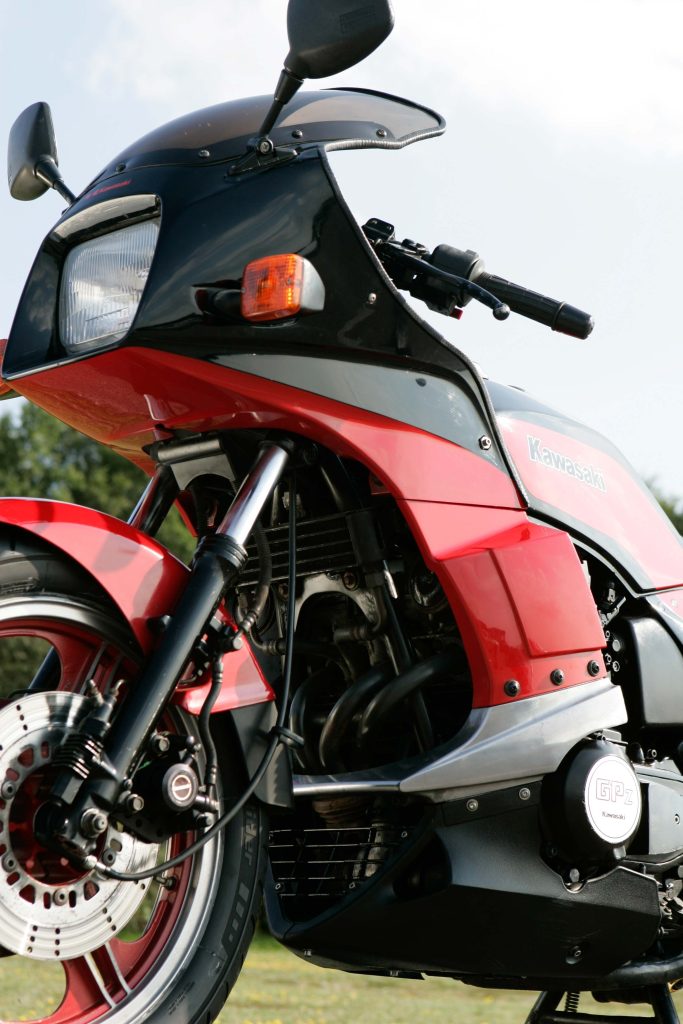
This semi-official brute, known as the Z1-R TC Turbo, was available only in the US. Its turbo boosted the 1015cc motor’s standard output of 90bhp to about 125bhp, gave terrible low-rev running, and allowed an impressive standing quarter-mile time of less than 11 seconds. More than 1500 were sold in 1978 and ’79, even though the TC came with no engine warranty.
The ZX750 Turbo was very different proposition: an official product from Kawasaki’s Akashi factory. The reason for a delay in producing it, a leading engineer said at the launch, was that they had been determined to perfect the design. “When the other factories put their designs on the market, we put ours back on the drawing board.”
They certainly managed to extract impressive power from a 738cc engine, although in retrospect the decision to choose that capacity for a superbike that would compete with open-class rivals seems distinctly strange. The Turbo was the world’s fastest 750cc bike in 1984, but it was no more than comparable with Kawasaki’s own conventionally aspirated GPz1100.
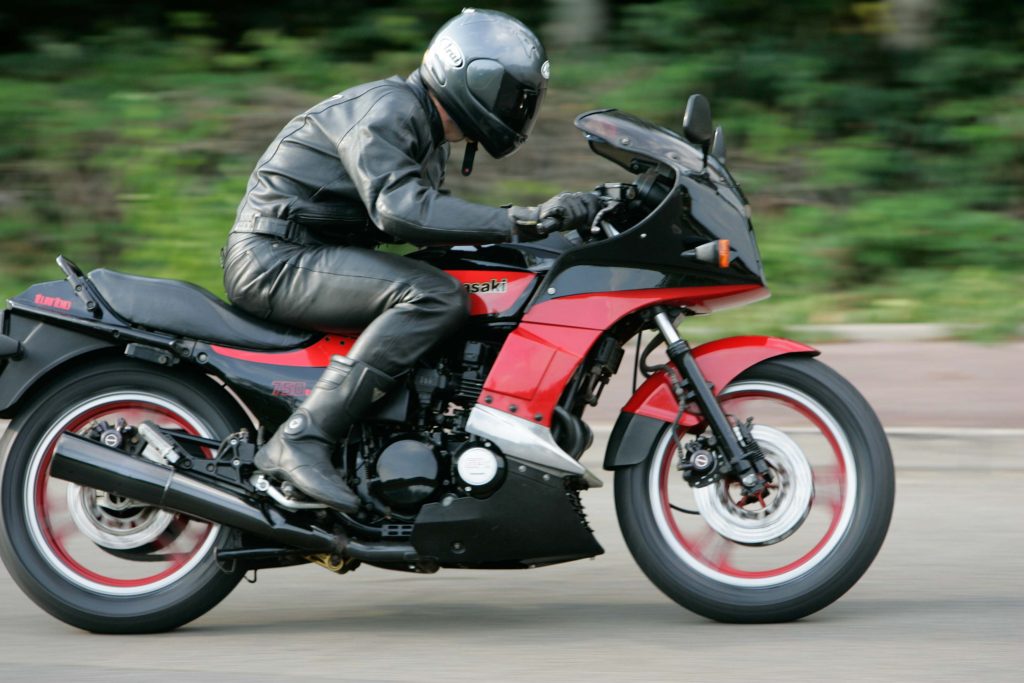
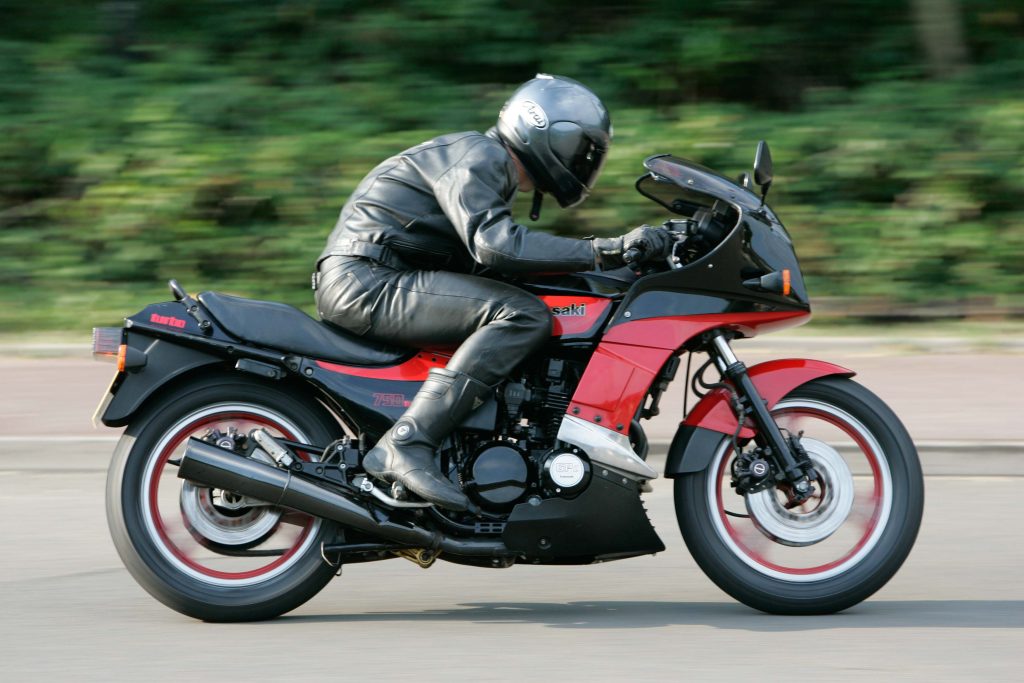
The Turbo’s official maximum output of 112bhp at 9000rpm was 8bhp down on the GPz’s figure, but the turbocharged motor was stronger below 7000rpm. More encouragingly, the Turbo – whose official name was the ZX750 Turbo although the initials on its engine covers meant it was often called the GPz750 Turbo – performed with an addictively smooth and rev-happy feel.
The Kawasaki also suffered far less than the rival “blown” bikes from the traditional drawback of turbo lag: the delay between opening the throttle and the engine responding. This is caused by the way a turbocharger relies on exhaust gas to spin it, so that it can force extra intake mixture into the engine.
Kawasaki’s solution was to position the turbocharger in front of the motor, close to the exhaust outlet. Yamaha’s XJ650 Turbo and Suzuki’s XN85 had turbos to the rear of their straight-four engines, far from the exhaust ports. Honda’s CX Turbos were V-twins, a layout less suited to turbocharging.

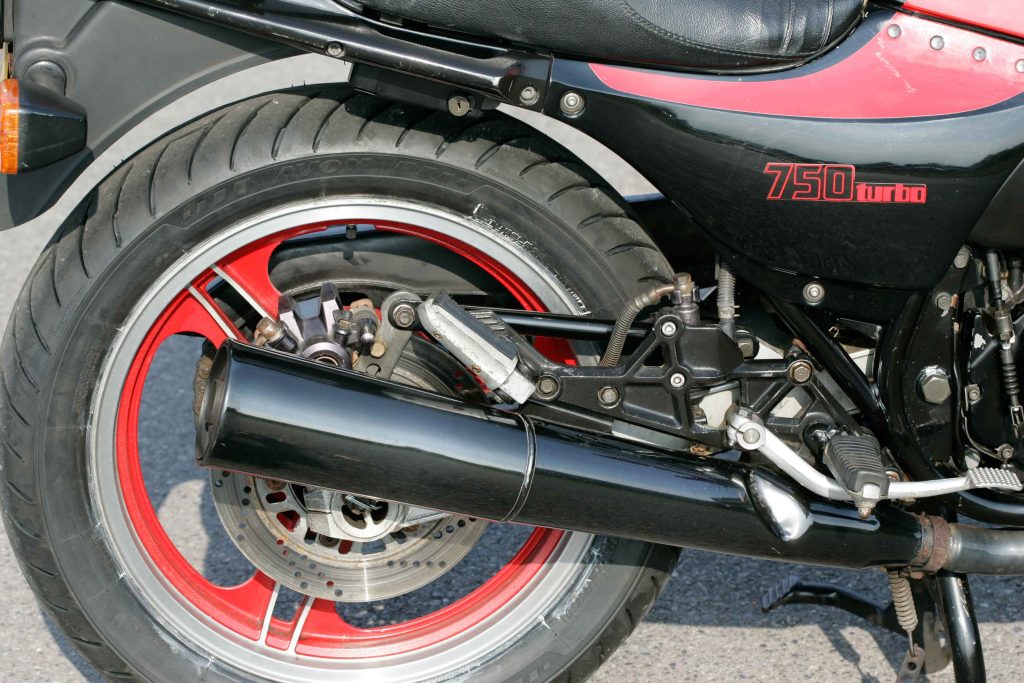

Positioning the turbo up front meant the ZX reacted more quickly, but created a problem of exhaust downpipe routing which Kawasaki overcame by using heat-resistant steel pipes to the Hitachi turbo unit. The system was complicated. The air filter sat in an unusual position on the left of the engine. Air passed from there down and round to the compressor, then upwards back round the left side of the engine for a high-pressure swirl in the airbox before it reached the bank of fuel injectors.
The aircooled, eight-valve motor itself was conventional Kawasaki. Essentially a detuned and strengthened GPz750 unit, it used a Z650 cylinder head to reduce compression ratio. New camshafts gave less lift and duration, many components were strengthened, and oil pump capacity was increased.
One drawback of putting the turbo unit up front was its vulnerability to damage in a crash. Kawasaki countered this by building an aluminium brace into the ZX750’s full-length fairing: the silver strip in front of the engine was part of the frame and added rigidity as well as protection.

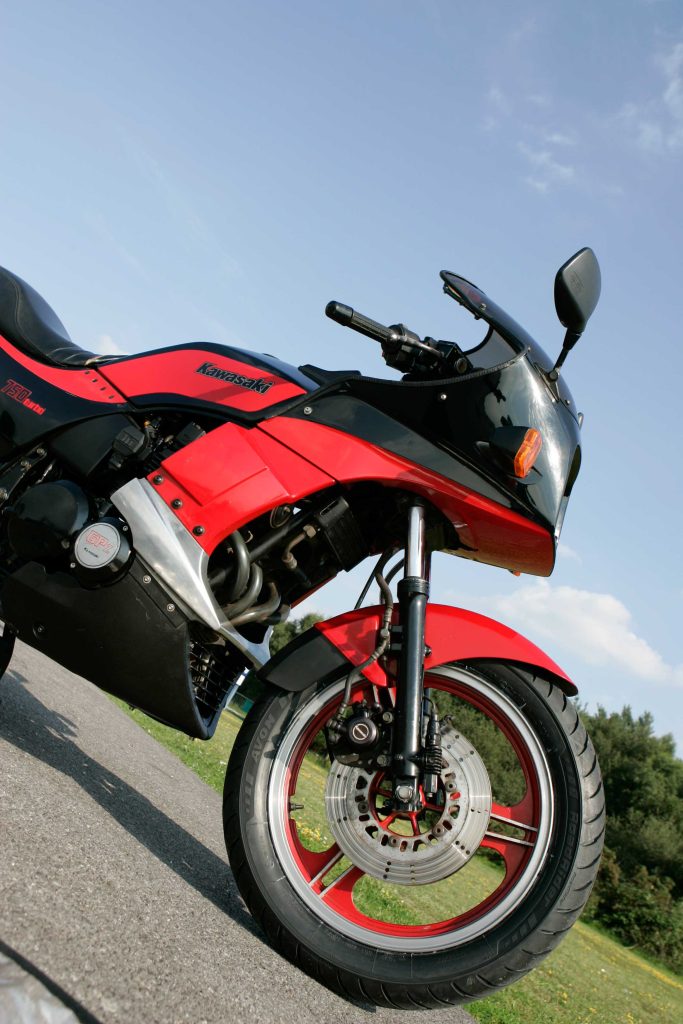
Much of the chassis was from the GPz750, with the exceptions of a longer steering head and stronger box-section aluminium swing arm. Forks were air-adjustable units with hydraulic anti-dive; the rear shock was a Uni-Trak monoshock, also with air assistance. The dry weight figure of 233kg was midway between those of the GPz750 and 1100.
It all worked well, as we discovered on that launch at the fearsome, Armco-lined Salzburgring. I was impressed both by the Turbo’s acceleration – which clearly took some colleagues by surprise – and by its indicated 140mph on the back straight. This matched the speed indicated by the GPz1100s that Kawasaki had boldly, and unusually, brought along for comparison.
I was also pleasantly surprised by how little it suffered from turbo lag on the track, where it was possible to keep the revs up, and plenty of boost showing on the gauge. For a fairly big bike it handled and braked very well, staying stable through the scarily fast left-hand bend towards the end of the lap.
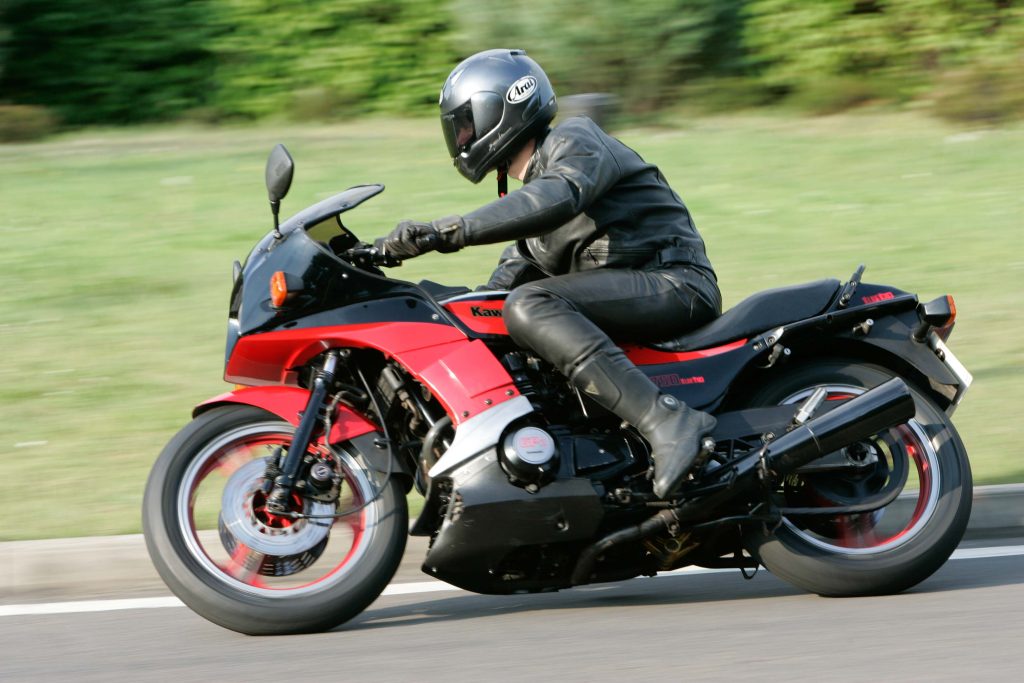
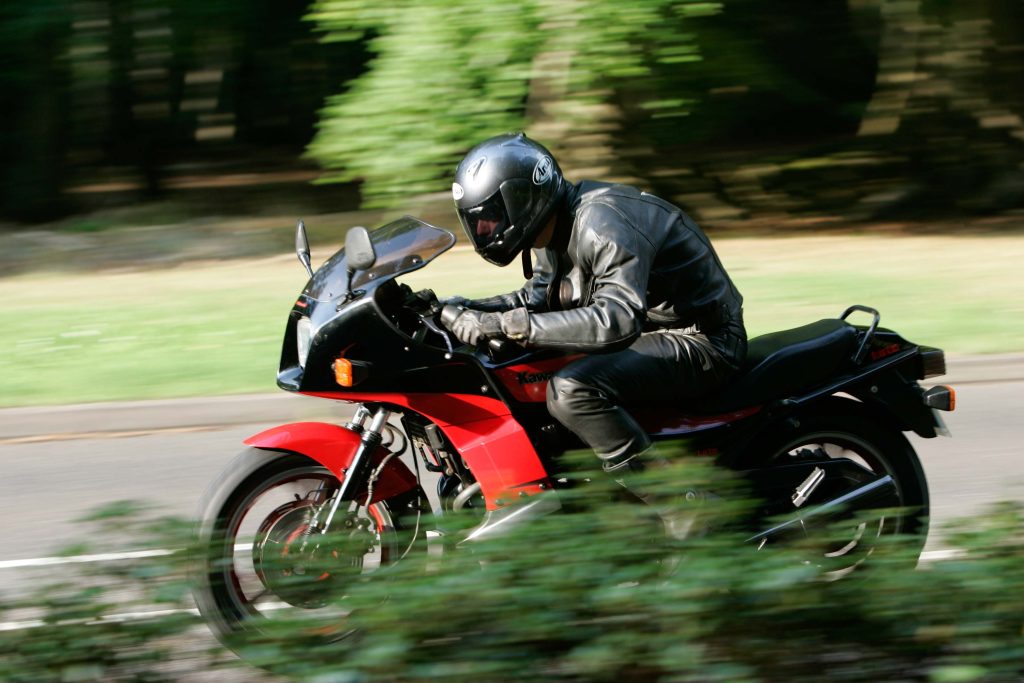
A good Turbo is still a very enjoyable bike to ride decades later. This well-preserved Kawasaki had covered over 30,000 miles but felt as strong as new. Every time the ZX had a clear stretch of road ahead of it, a tweak of the throttle sent it rocketing forward with a smooth, relentless force that felt as addictively good as it did in 1984.
Provided the tacho needle was somewhere in the middle of its range, and there were some bars showing on the boost gauge, there was virtually no lag at all. Just a thrilling rush of speed as the gauge’s curved black bars raced across the dial, the tacho needle flicked towards the 10,000rpm redline through the gears, and the ZX headed for the horizon at a rapid rate.
Not that the Turbo was simply about speed, because like all the best Eighties sports bikes it was a capable all-rounder, despite its aggressive image. By modern standards it was quite tall, with a relaxed riding position and plenty of legroom. The screen and full fairing were protective; the clip-on handlebars slightly raised.
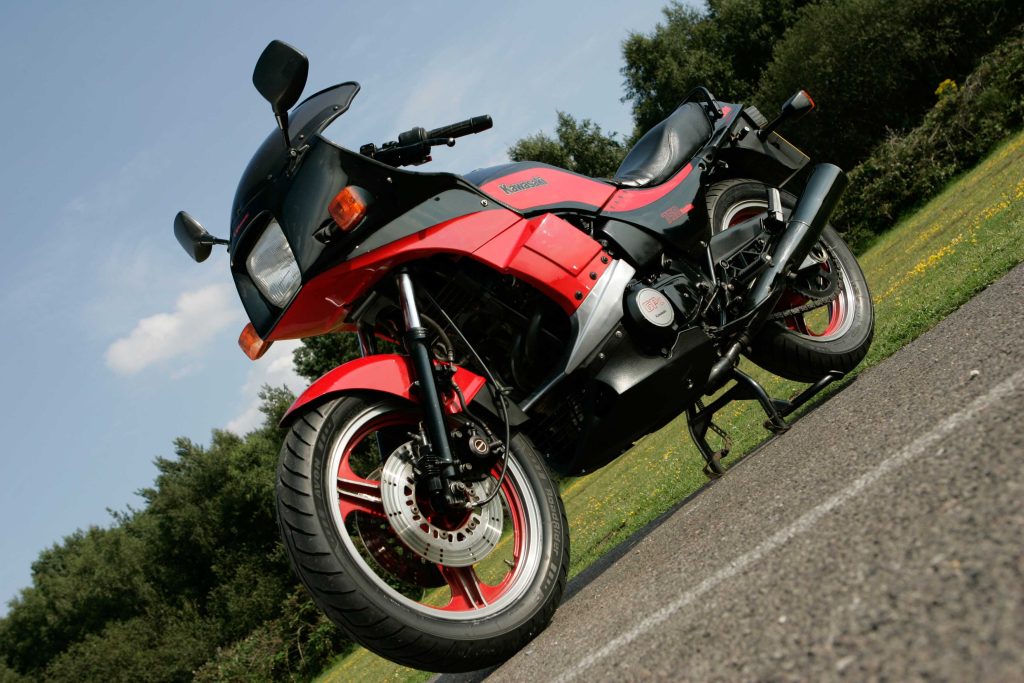
Handling was still good, too; especially for an ageing bike that was hardly a lightweight. Like the GPzs of the period, it was a big, heavy machine that required some muscle to hurry it through a series of tight bends. But for normal riding Turbo was very manageable, with a pleasantly neutral feel to its steering.
The ZX also proved respectably reliable, dispelling worries that its turbocharger, which spun at up to 200,000rpm, would cause expensive problems. I’d had doubts following that Austrian launch: the first bike I’d ridden had refused to produce full boost, before being put out of action when its drive chain snapped, smashing the crankcases. At least its replacement had given no trouble.
The Turbo had generally been well behaved under normal road use, provided it was treated well. The turbo unit required oil changes every 1500 miles. Owners were also advised to let the engine idle for half a minute or so after a hard run, before turning off the ignition, to prevent momentary oil starvation.


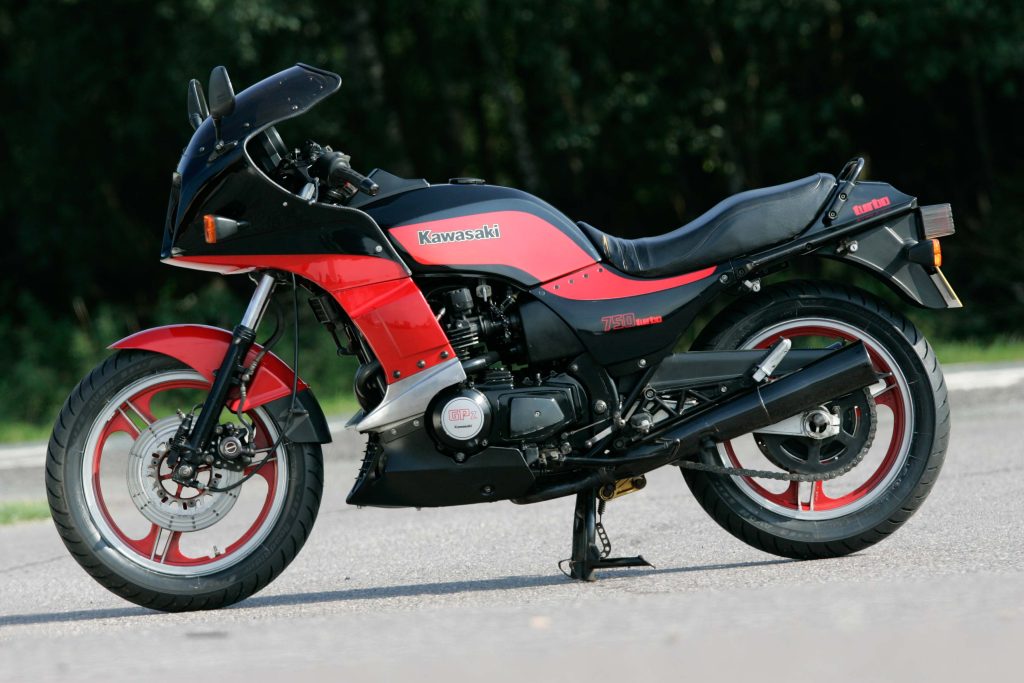
A growing reputation for dependability was not enough to make the Turbo a hit, partly because its price (£2999 in the UK) was almost identical to those of the GPz1100 and Suzuki’s 1100 Katana. Most riders still went for the safer option of a conventional aircooled four. Many paid a little more to buy 1984’s real star: Kawasaki’s own GPZ900R. The success of the “Ninja” showed that superbiking’s future lay not with turbochargers but with more compact, 16-valve, liquid cooled engines.
The ZX750 Turbo had missed the chance to shine that it would have had if Kawasaki could have readied it for production more quickly. But given that the other marques’ turbo bikes had also been commercial flops, even arriving several years earlier would have been no guarantee of success.
As it was, Kawasaki’s Turbo brought the Japanese manufacturers’ frequently exciting but ultimately futile experiment to a close. By the end of 1985 the ZX, like the rival marques’ turbo models, was no longer in production. Motorcycling’s first, brief era of forced induction was over.
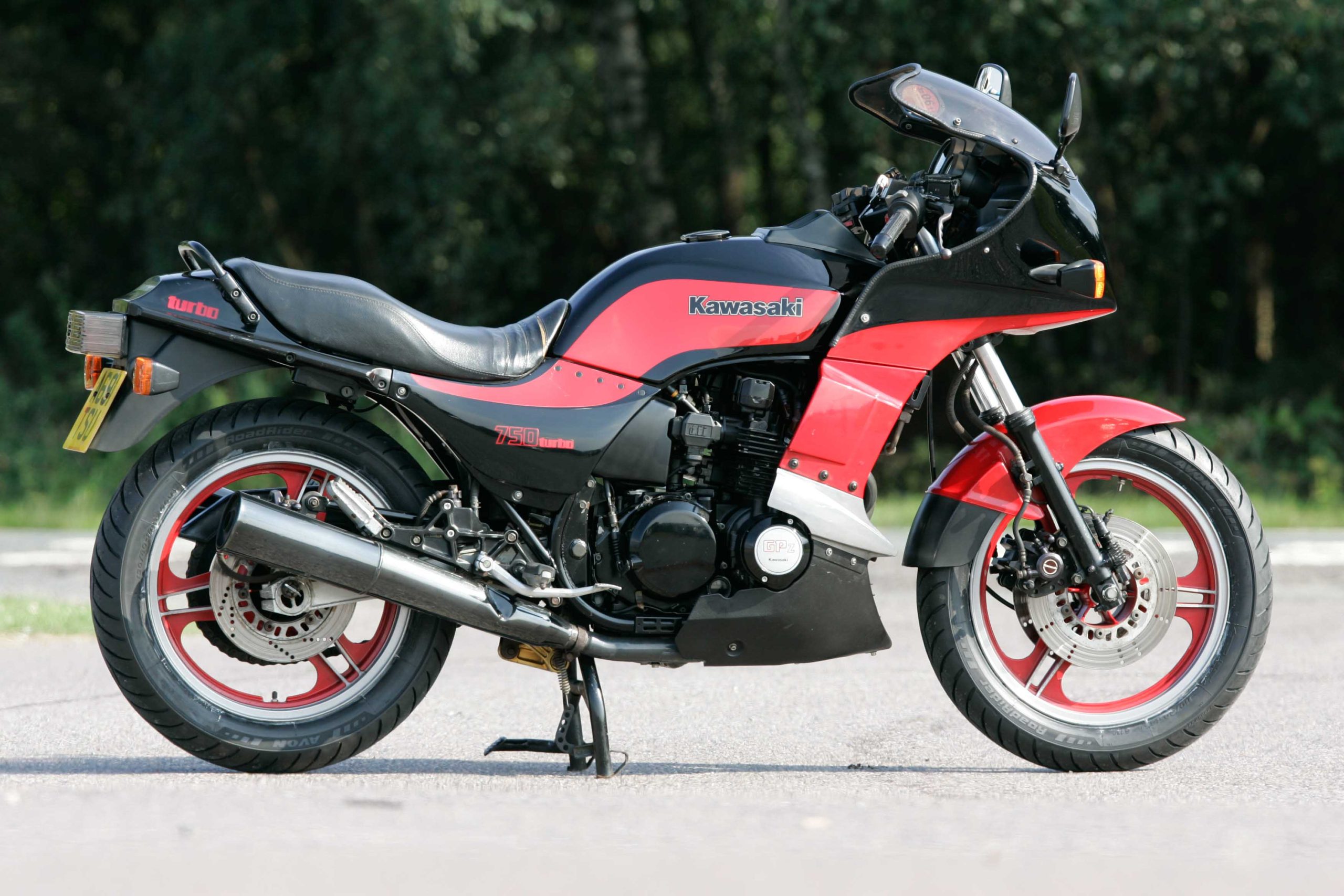
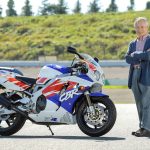
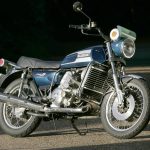
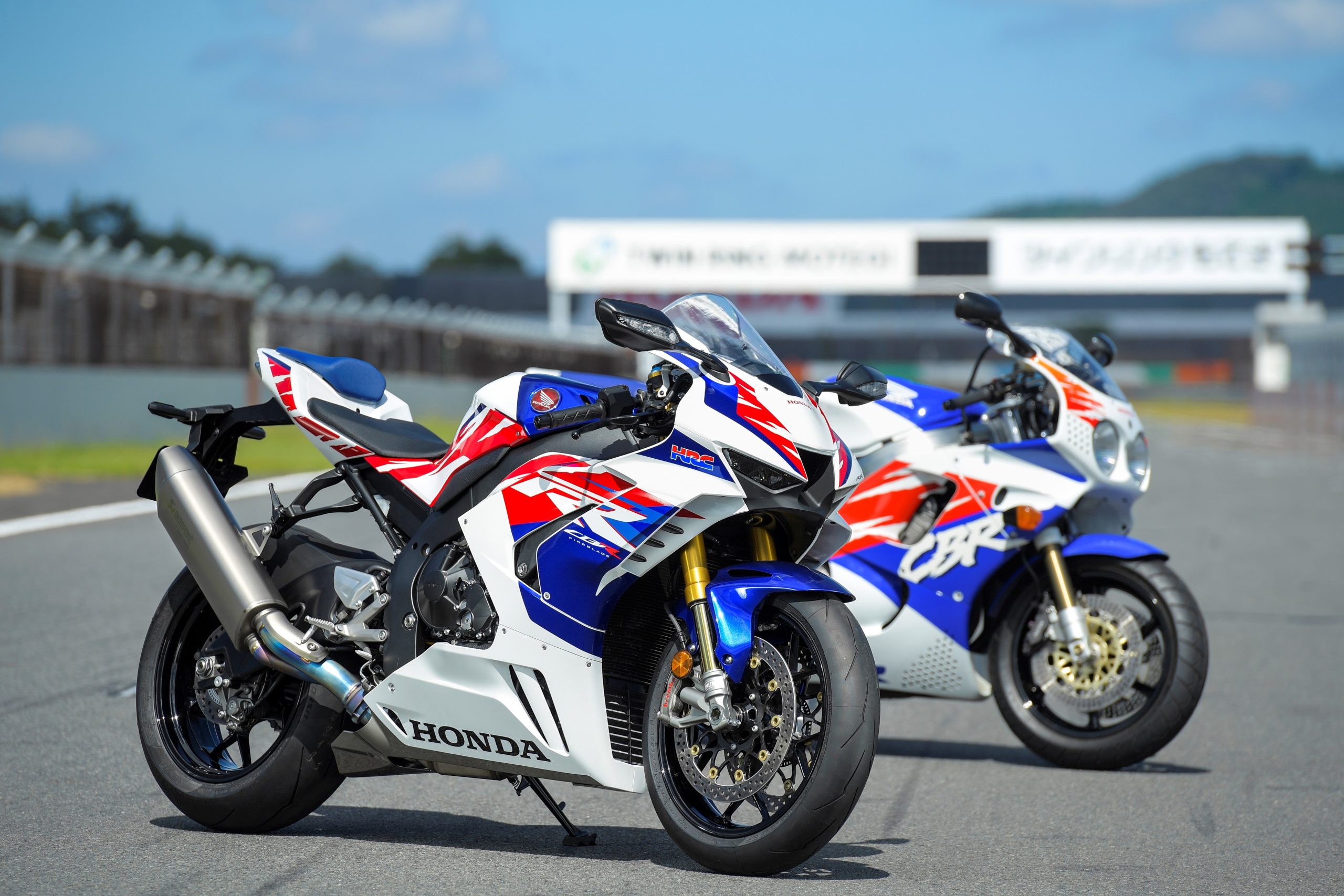
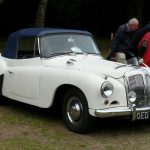
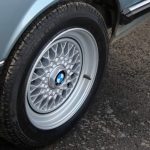
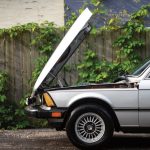
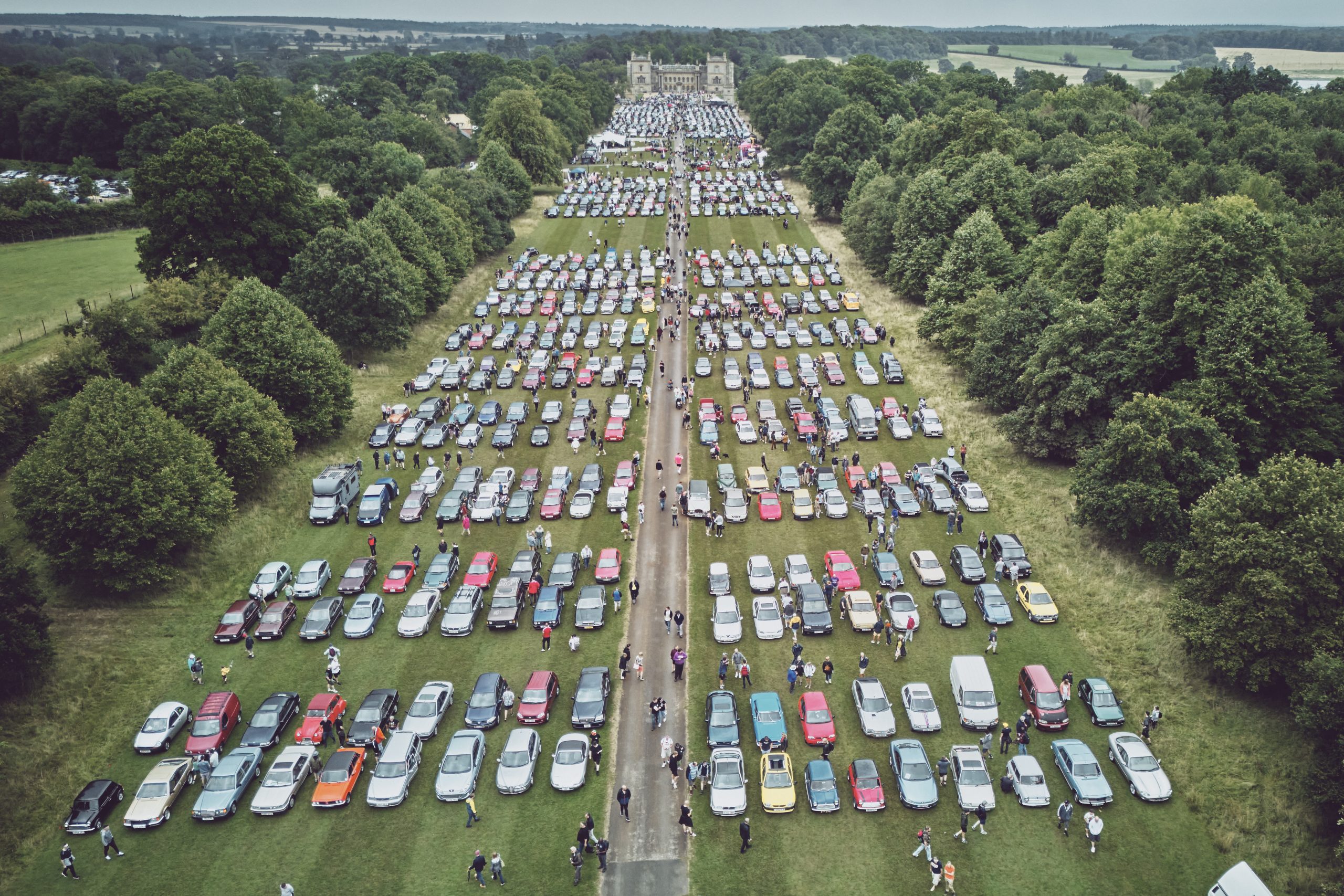
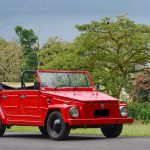
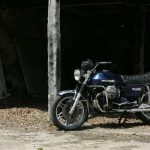
Kawasaki had world road bike dominance for an era of their own making. Kawasaki tuned in to the frequency of biker desire. Honda talked about dreams, Kawasaki made them.